Description
Diatomaceous Earth: More Than Just Dirt, It’s a Versatile Powerhouse
Diatomaceous Earth (DE) might sound like something out of a science lab, but it’s actually a naturally occurring, sedimentary rock formed from the fossilized remains of diatoms – single-celled algae. Don’t let its humble origins fool you; this unassuming powder boasts a surprising array of uses, making it a valuable tool for gardeners, homeowners, and even pet owners.
What is Diatomaceous Earth?
Imagine microscopic, intricately designed shells made of silica. These are diatoms. Over millennia, their exoskeletons accumulated at the bottom of oceans and lakes, eventually forming the chalky substance we know as diatomaceous earth. This material is then mined, processed, and sold in various grades, each tailored for specific applications.
The Key Properties of Diatomaceous Earth:
DE’s impressive versatility stems from its unique physical properties:
- Abrasiveness: While feeling smooth to the touch, DE is actually highly abrasive on a microscopic level. This is crucial for its insecticidal properties.
- Absorbency: Its porous structure allows it to absorb significant amounts of liquid, making it useful for drying agents and spill clean-up.
- Composition: Primarily composed of silica, DE is a stable and relatively inert substance.
Uses of Diatomaceous Earth:
The applications of DE are surprisingly diverse:
- Insect Control: This is perhaps the most well-known use. DE’s abrasive nature damages the waxy outer layer of insects’ exoskeletons, leading to dehydration and death. It’s effective against a wide range of pests, including ants, fleas, bedbugs, cockroaches, and aphids. It’s important to use food-grade DE for pest control around pets and children.
- Gardening: DE can be used in the garden as an insecticide, as mentioned above. Furthermore, its absorbency can improve soil drainage and aeration, while its silica content can contribute to stronger plant cell walls.
- Pet Care: Food-grade DE can be added to pet food to help control internal parasites. It can also be used topically to combat fleas. Always consult a veterinarian before using DE for your pets.
- Food Storage: Its drying properties make DE a useful tool for preserving dry goods like grains by absorbing excess moisture and deterring pests.
- Industrial Applications: DE is widely used in various industries, including filtration (beer, wine, swimming pools), as a polishing agent, and as an ingredient in various products like toothpaste and cat litter.
Important Considerations When Using Diatomaceous Earth:
While DE is a natural and generally safe product, it’s important to use it responsibly:
- Choose the Right Grade: Food-grade DE is safe for consumption by animals and humans and is suitable for gardening and pest control around the house. Filter-grade DE, used in swimming pools, is not appropriate for these applications and should be used with caution.
- Wear a Mask: While low in toxicity, the fine dust of DE can be irritating to the lungs. Wearing a dust mask during application is highly recommended.
- Avoid Overuse: While effective, overuse can harm beneficial insects. Apply sparingly and only where needed.
- Effectiveness: DE is most effective in dry conditions. It may need to be reapplied after rain.
Conclusion:
Diatomaceous Earth is a remarkable natural resource with a multitude of applications. From pest control to gardening to pet care, its unique properties make it a versatile and valuable tool for a more natural and sustainable lifestyle. By understanding its properties and using it responsibly, you can harness the power of this ancient algae fossil for a variety of everyday needs. So, the next time you hear the term “Diatomaceous Earth,” remember it’s more than just dirt – it’s a powerhouse of natural benefits.

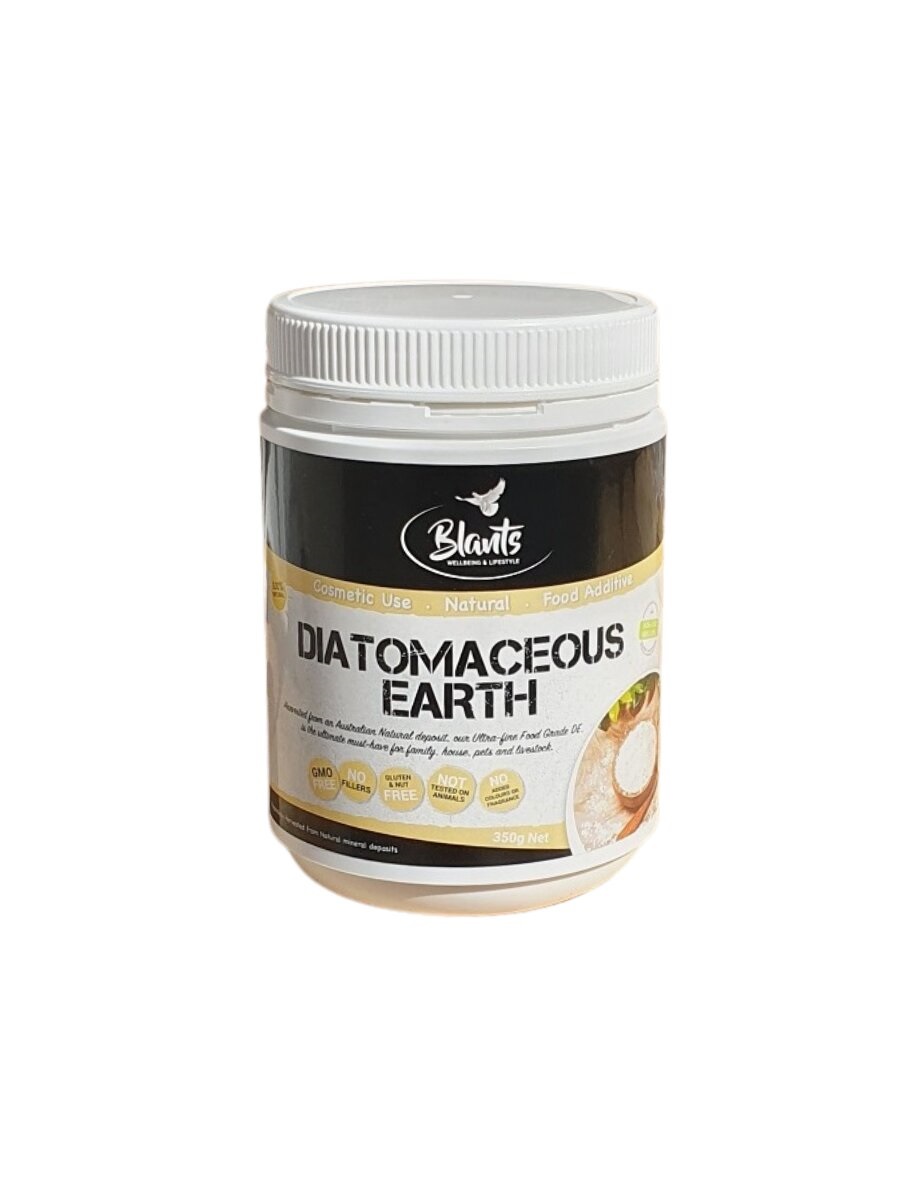
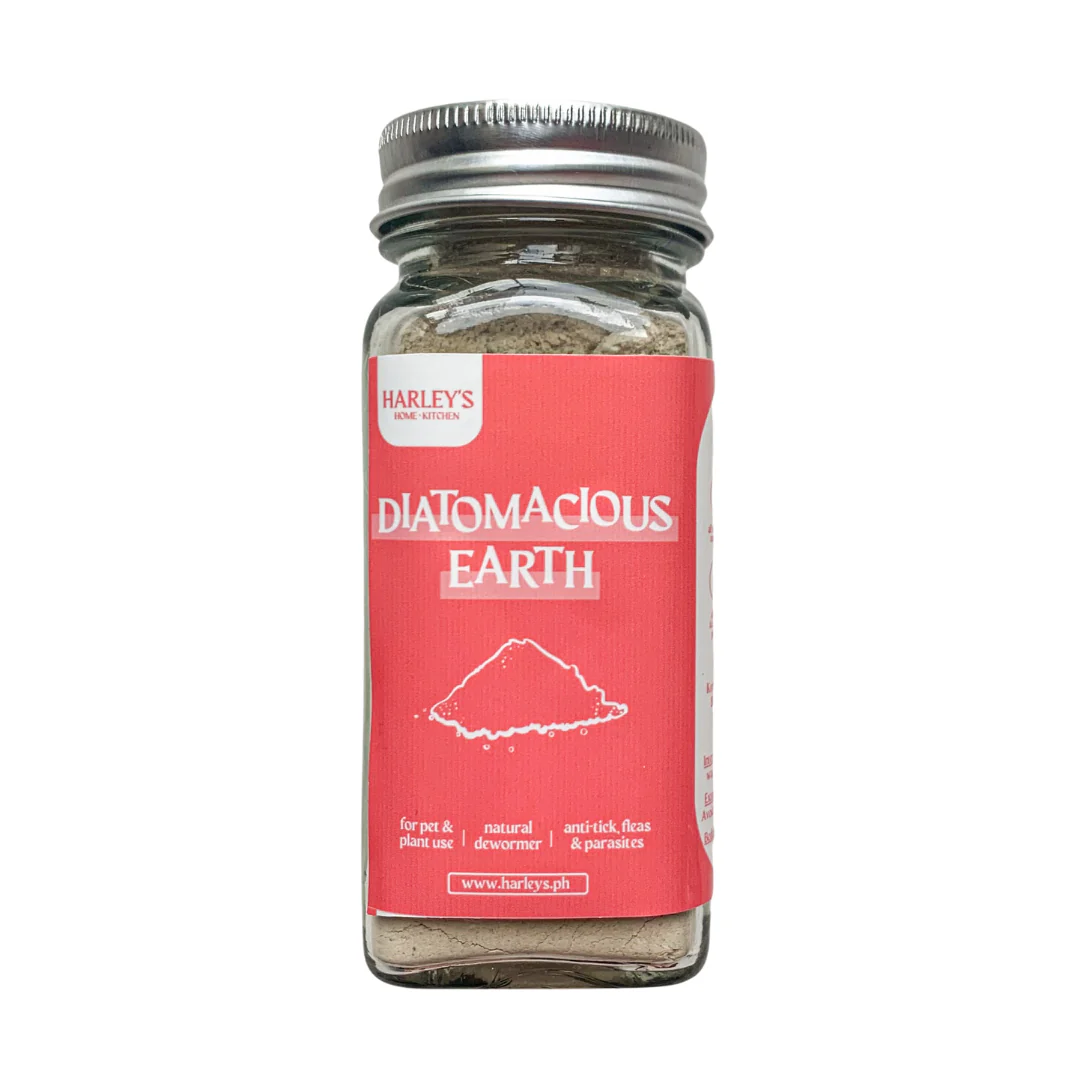

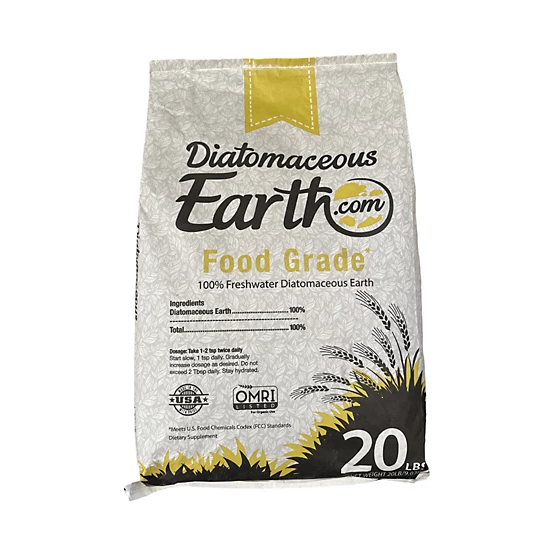


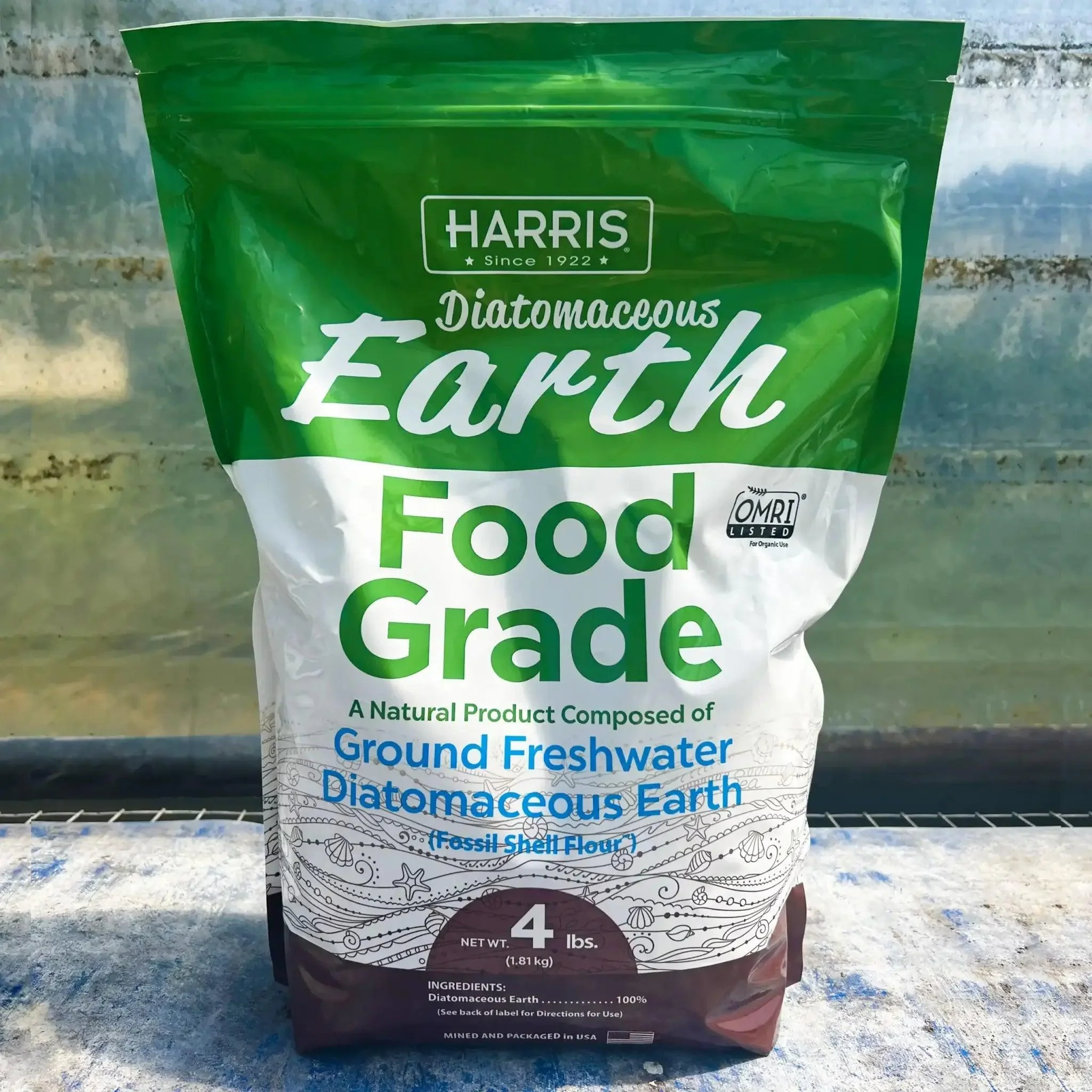

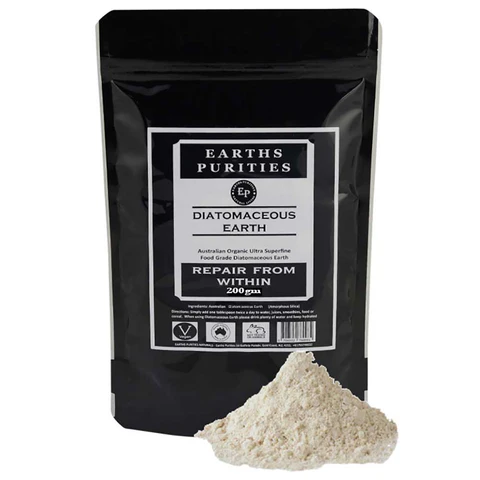



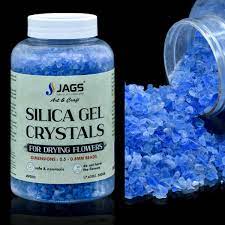
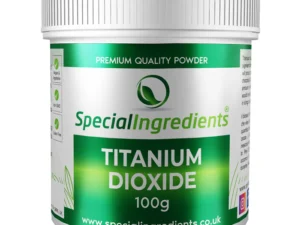

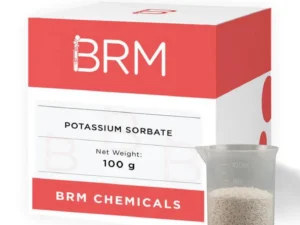
Reviews
There are no reviews yet.